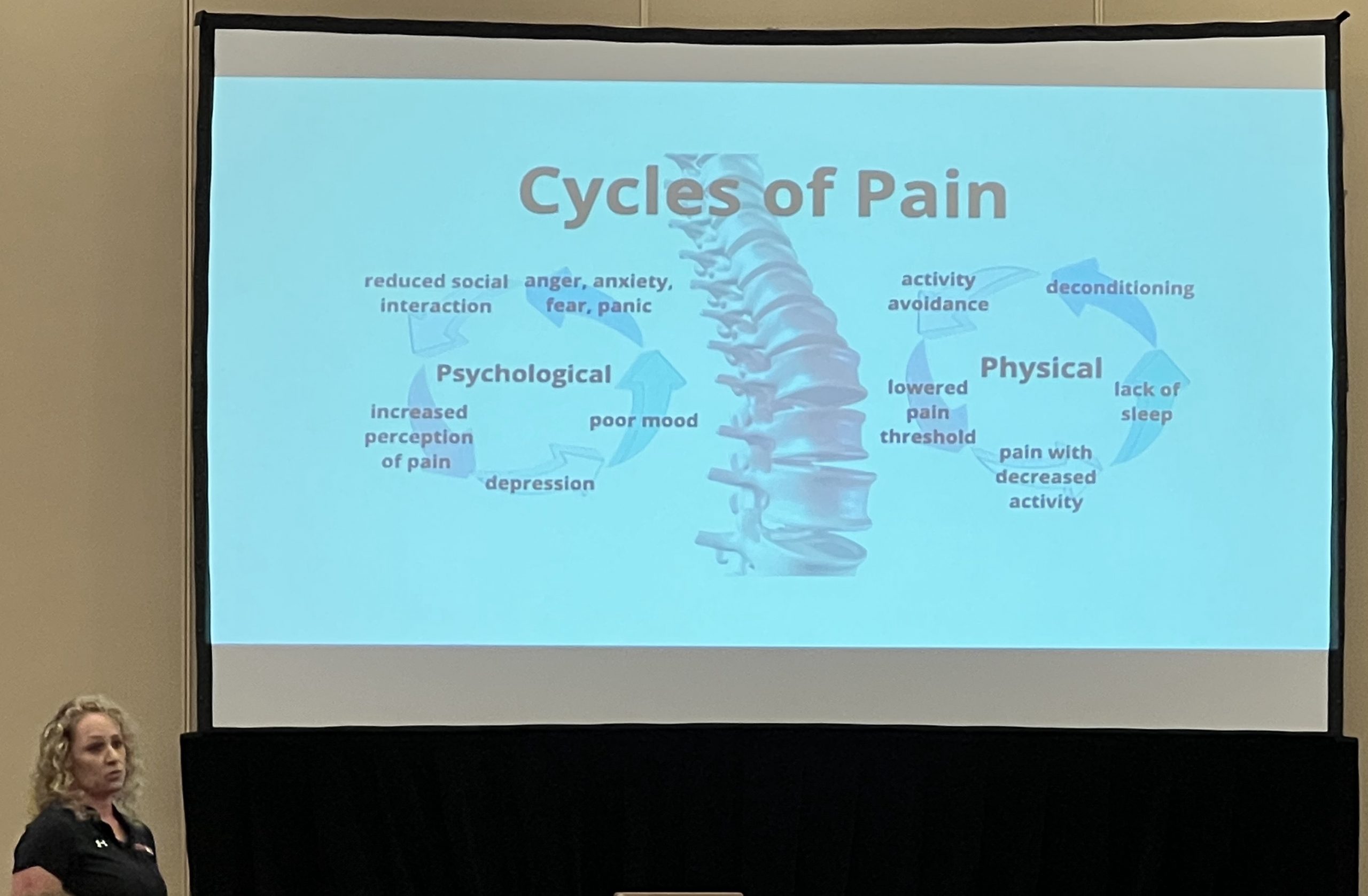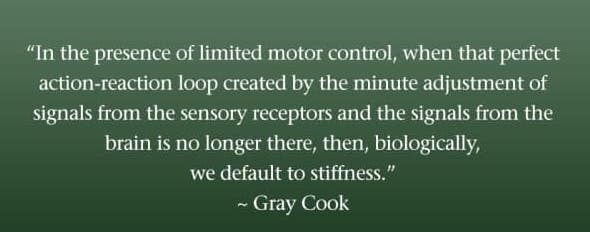3 Fitness Keys To Help Low Back Pain
2023-05-27
Jessica Bento, Physical Therapist (Creator DVRT Restoration Certification, Knees Over Toes Course, DVRT Rx Shoulder, Knees, Pelvic Control, & Gait Courses)

Sometimes the best inspiration for our blog posts simply comes from a combination of sharing personal experiences and what seems to be discussed a lot on the internet. Trust me, the internet is full of great ideas. One in particular is the discussion of low back pain. That being such a personal point for us with Josh’s multiple spinal surgeries from his spinal disease, I wanted to really share 3 DVRT Ultimate Sandbag Training keys that REALLY make a difference in low back pain. Why with DVRT? Because there are so many misconceptions and flat out mistruths that confuse people from achieving a real difference in their pain levels.


Why am I also splitting this up into 3 keys? Because back pain is rarely just caused by ONE thing. Heck, trying to break it down into even three points can be difficult because there are so many variables that go into the causes of low back pain. That is why I decided to start with the BIGGEST things that can make a difference. Personally experiencing how DVRT Ultimate Sandbag Training has helped my recovery from spinal surgeries I have a good handle on some of the most important places to start!

Step 1: Learning how to brace!
The reason that exercises like planks were so important for core training is not because laying on the ground is magical for building real world abs. Rather, done correctly, planks teach the core how to brace.
That is what we spend a lot of time cuing in our DVRT Ultimate Sandbag Training. Different ways to brace our core because it is the foundation for all our movements. Plus, planking on the ground is great, but if we don’t learn how to brace during movement we aren’t going to see the transfer to helping our low backs that we think! As spine expert, Dr. Stuart McGill explains…
“At a gymnastics or martial arts meet, or at a weightlifting competition, listen to the coaches advise to the athlete – Stay tight! This means to maintain stiffness. Being stiff ensures that there will be minimal energy losses as forces are transmitted through the linkages. Optimal performance requires stability, and stability results from stiffness. Stiffness in the body results from muscular co-contraction. Be stiff, and be compliant. Knowing the difference and when to be one or the other is a major way to improving performance.”
Josh and I explain how we use the Press Out with the Ultimate Sandbag to create bracing that both protects our low back but also helps hip mobility during the squat.
Learning how to brace can be done on the ground and that is why we spend so much time teaching DVRT Ultimate Sandbag Training exercises like Bird Dogs. It isn’t to have just another variation of the exercise, but what we can teach the body about movement in these positions.
We break down how it isn’t just doing an exercise that can impact low back pain, but our intention and mindfulness of how we use our body.
Step 2: Work from the ground up
So many times when we talk about low back pain, we talk about stretches and exercises, but we don’t really know about the intent and purpose behind them. For example, why do muscles get tight? We sit a lot, but we don’t sit down so much that these muscles would tighten like being casted for weeks. Instead, many of our smaller stabilizers like in the core turn off because when we sit we are artificially supported. Our bodies are pretty smart and that means if we don’t have to use these muscles, we simply won’t.
The goal of our DVRT Ultimate Sandbag Training exercises isn’t just to make muscles stronger, or even to connect them. Sometimes the best part of the Ultimate Sandbag Training movements we show is that they instantly get these muscles to turn back “on”. When this happens our mobility improves and the right parts of the body start working and it makes people’s backs feel better and stronger.
DVRT Master, Cory Cripe, breaks down both foundational and advanced Ultimate Sandbag Training exercises that teach how to work from the ground up as well as how creating tension turns on those core muscles that make us move and feel our best!
View this post on Instagram
Step 3: Mobility with Strength
Stretching seems to be the “go to” for so many low back recommendations. Stretching isn’t necessarily a bad thing, but the results are often very short lived. That is because when we JUST stretch we aren’t helping the nervous system fix the real problems. What I mean is that we rarely ask WHY are these muscles “tight”? Is it a change in the actual muscle, or is the body responding to the feeling of instability that causes the muscles to get tight in order to protect itself?!

That is why DVRT Ultimate Sandbag Training drills like our Around the Worlds can be so important for shoulders, low backs, and even knees. That is because we are teaching the body how to create stability while working on mobility. The impact? DVRT Australian Master, Cam Ward, shows how even if you don’t get it perfect the first time, how we can develop great results fast!
These concepts can be expanded on with A LOT of different exercises, but it is the concepts behind the exercises that are really key in making a difference. From the perspective of fitness and strength training, these are 3 powerful foundations that should be practiced and reinforced if we are going to make a real difference with low back pain!
Find out SO much more about smarter glute training in our upcoming 6-week Low Back Pain & Pelvic Control Masterclass. Don’t miss saving 15% on our early bird price 3 days left only with code “lowback” HERE
DVRT Australian Master, Cam Ward, shows how even if you don’t get it perfect the first time, how we can develop great results fast!
© 2024 Ultimate Sandbag Training. Site by Jennifer Web Design.







